The cyclobutyl methylamine with nitrous acid gives
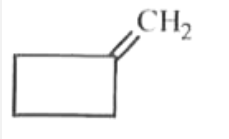
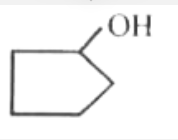

All of these
The correct Answer is:D
To solve the question regarding the reaction of cyclobutyl methylamine with nitrous acid, we will follow these steps:
Step 1: Understand the Reactants
We start with cyclobutyl methylamine, which has the following structure:
- A cyclobutyl ring (a four-membered carbon ring).
- A methyl group (–CH3) attached to a nitrogen atom (–NH2).
Step 2: Reaction with Nitrous Acid
When cyclobutyl methylamine reacts with nitrous acid (HNO2), a diazotization reaction occurs. This reaction typically converts primary amines into diazonium salts.
Step 3: Formation of Diazotization Product
The reaction can be represented as:
- Cyclobutyl methylamine (C4H7NH2) + HNO2 → Cyclobutyl methyl diazonium salt (C4H7N2+Cl−).
The nitrogen from the amine group is replaced with a diazonium group (N2+), and a chloride ion (Cl−) is formed as a byproduct.
Step 4: Carbocation Formation
Upon formation of the diazonium salt, the nitrogen gas (N2) is released, leading to the formation of a carbocation:
- The diazonium salt loses nitrogen gas (N2) and forms a carbocation (C4H7+).
Step 5: Possible Reactions of the Carbocation
The carbocation can undergo several reactions:
1. Proton Loss: The carbocation may lose a proton (H+) to form an alkene.
2. Ring Expansion: The carbocation can also lead to ring expansion, resulting in the formation of larger cyclic compounds.
3. Nucleophilic Attack: If water is present, it can attack the carbocation, leading to the formation of an alcohol.
Step 6: Conclusion
Thus, the reaction of cyclobutyl methylamine with nitrous acid can yield multiple products including:
- An alkene (from proton loss).
- An alcohol (from nucleophilic attack by water).
- A larger cyclic compound (from ring expansion).
Final Answer
The correct answer is that the reaction can produce multiple products, including an alcohol, an alkene, and a larger cyclic compound.
We start with cyclobutyl methylamine, which has the following structure:
- A cyclobutyl ring (a four-membered carbon ring).
- A methyl group (–CH3) attached to a nitrogen atom (–NH2).
When cyclobutyl methylamine reacts with nitrous acid (HNO2), a diazotization reaction occurs. This reaction typically converts primary amines into diazonium salts.
The reaction can be represented as:
- Cyclobutyl methylamine (C4H7NH2) + HNO2 → Cyclobutyl methyl diazonium salt (C4H7N2+Cl−).
Upon formation of the diazonium salt, the nitrogen gas (N2) is released, leading to the formation of a carbocation:
- The diazonium salt loses nitrogen gas (N2) and forms a carbocation (C4H7+).
The carbocation can undergo several reactions:
1. Proton Loss: The carbocation may lose a proton (H+) to form an alkene.
2. Ring Expansion: The carbocation can also lead to ring expansion, resulting in the formation of larger cyclic compounds.
3. Nucleophilic Attack: If water is present, it can attack the carbocation, leading to the formation of an alcohol.
Thus, the reaction of cyclobutyl methylamine with nitrous acid can yield multiple products including:
- An alkene (from proton loss).
- An alcohol (from nucleophilic attack by water).
- A larger cyclic compound (from ring expansion).
The correct answer is that the reaction can produce multiple products, including an alcohol, an alkene, and a larger cyclic compound.
Topper's Solved these Questions
- AMINESBOOK - DISHA PUBLICATIONCHAPTER - AMINESEXERCISE - Exercise - 1 : Concept Builder (Topicwise)(TOPIC - 2 : Cyanides and Isocyanides)
9 Videos
- AMINESBOOK - DISHA PUBLICATIONCHAPTER - AMINESEXERCISE - Exercise - 1 : Concept Builder (Topicwise)(TOPIC - 3 : Concept Applicator)
13 Videos
- AMINESBOOK - DISHA PUBLICATIONCHAPTER - AMINESEXERCISE - Exercise - 2 : Concept Applicator
30 Videos
- ALDEHYDES, KETONES AND CARBOXYLIC ACIDSBOOK - DISHA PUBLICATIONCHAPTER - ALDEHYDES, KETONES AND CARBOXYLIC ACIDSEXERCISE - Exercise - 2 : Concept Applicator
27 Videos
- BIOMOLECULES BOOK - DISHA PUBLICATIONCHAPTER - BIOMOLECULES EXERCISE - Exercise - 2 : Concept Applicator
30 Videos
Similar Questions
Knowledge Check
Treatement of cyclobutyl methylamine with nitrous acid does not give
A B
B C
C D
D
Treatment of cyclobutylmethyamine with nitrous acid does not give .
A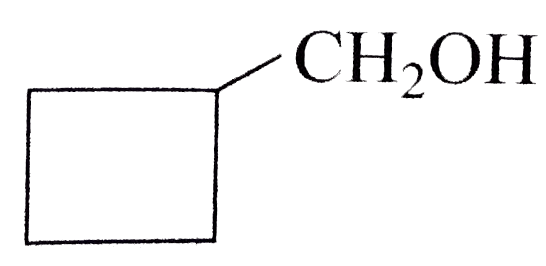 B
B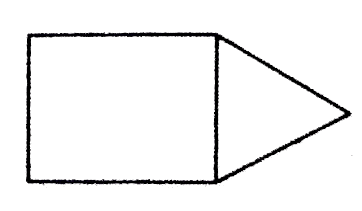 C
C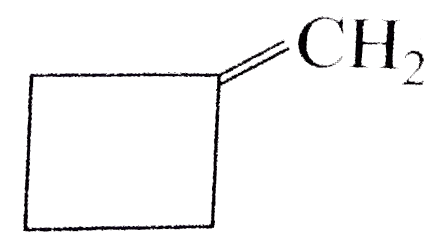 D
D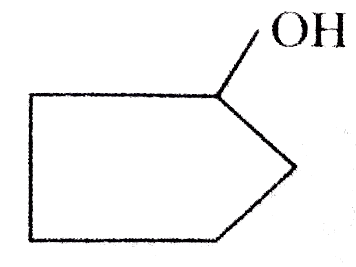
Diethylamine reacts with nitrous acid to give
A(C2H5)2NH+NO2−B(C2H5)2NNOCC2H5OHDN2 and alcohol.
Treatment of n-propylamine with nitrous acid gives
View SolutionN-N- dimethyl phenyl amine react with nitrous acids gives
View SolutionThe gas evolved when methylamine reacts with nitrous acid is
View SolutionThe gas evolved when methylamine reacts with nitrous acid is
View SolutionTertiary amines with nitrous acid form
View Solution
